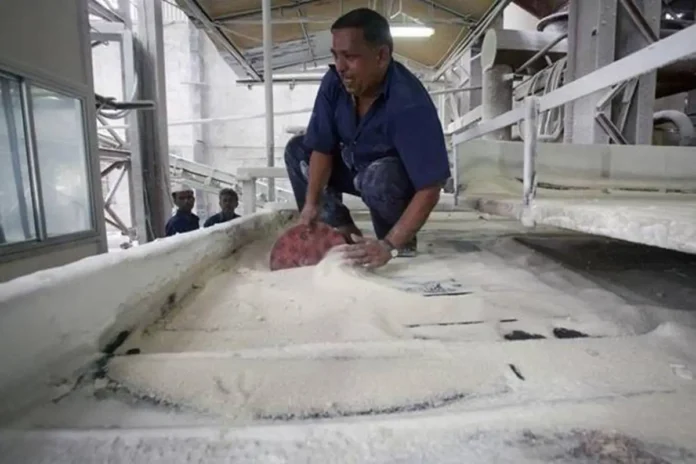Blending of ethanol with petrol in Uttar Pradesh, the country’s largest producer of the bio-fuel, has reached 9.89% — the highest among all states.
As of July 12, the average blending level across the country stood at 7.93%. In June, Prime Minister Narendra Modi announced that the target of 20% ethanol-blended petrol had been advanced by five years to 2025. This means ethanol supply by key states has to be ramped up substantially in the coming years.
Karnataka grabbed the second spot with 9.68% blending as of July 12, followed by Maharashtra (9.59%), Bihar (9.47%), Madhya Pradesh (8.87%) and Andhra Pradesh (8.73%).
According to the data, against a total requirement of 4,576 million litres for ethanol supply year (ESY) 2020-21, which runs from December to November, oil marketing companies (OMCs) had finalised 3,578 million litres. Of that, contracts for 3,347 million litres have been executed till July 12.
Against this, 1,902 million litres have already been lifted by the OMCs, which is 57% of the contracted quantity and 53% of the finalised quantity, with the average blending percentage standing at 7.93%.
UP’s 54 distilleries produced 58 crore litres of ethanol in 2020-21, making it the highest ethanol-producing state. According to a state government spokesman, UP’s sale of ethanol had led to an additional payment of Rs 864 crore to farmers.
By mixing ethanol in petrol, Uttar Pradesh has been able to contribute to a saving of 75.58 million dollars of India’s forex reserve, giving a big boost to the economy in these testing times,” the spokesperson said.
Speaking to FE, Deepak Guptara, secretary general of the Uttar Pradesh Sugar Millers Association, said the government’s support in removing procedural impediments to licensing in the expansion of new projects have led to an increase in ethanol supplies in the last two years.
“The sugar industry in Uttar Pradesh is committed to make the ethanol blending programme successful and is hopeful that we will be able to reach substantially higher volumes in the times to come,” he said. Many sugar factories have started announcing capital expenditure to enhance their ethanol production capacity, and this will go a long way in reducing sugarcane dues, he said.
“Higher volumes in ethanol would mean higher cash in the hands of the mills, which in turn would translate into higher payment to the farmers,” Guptara said, adding that it would also mean reduced sugar stocks and ultimately an increase in sugar prices.
Minister of State for Petroleum and Natural Gas Rameswar Teli had said in a written reply in the Lok Sabha recently that several supply and demand-side interventions undertaken since 2014 have enabled improvement in ethanol blending from an average of 1.53% during ESY 2013-14 to 7.93% during the ongoing ESY 2020-21 as on July 12.
According to the roadmap unveiled by the Prime Minister, the 20% blending of petrol with ethanol will result in annual savings of $5 billion, or Rs 30,000 crore, in India’s oil import bill.
| Date: | 27 Jul 2021 |
| Source: | The Financial Express |
| Reporter: | Deepa Jainani |
| News ID: | 49961 |
| Pdf: | |
| Nlink: |
[ad_2]





